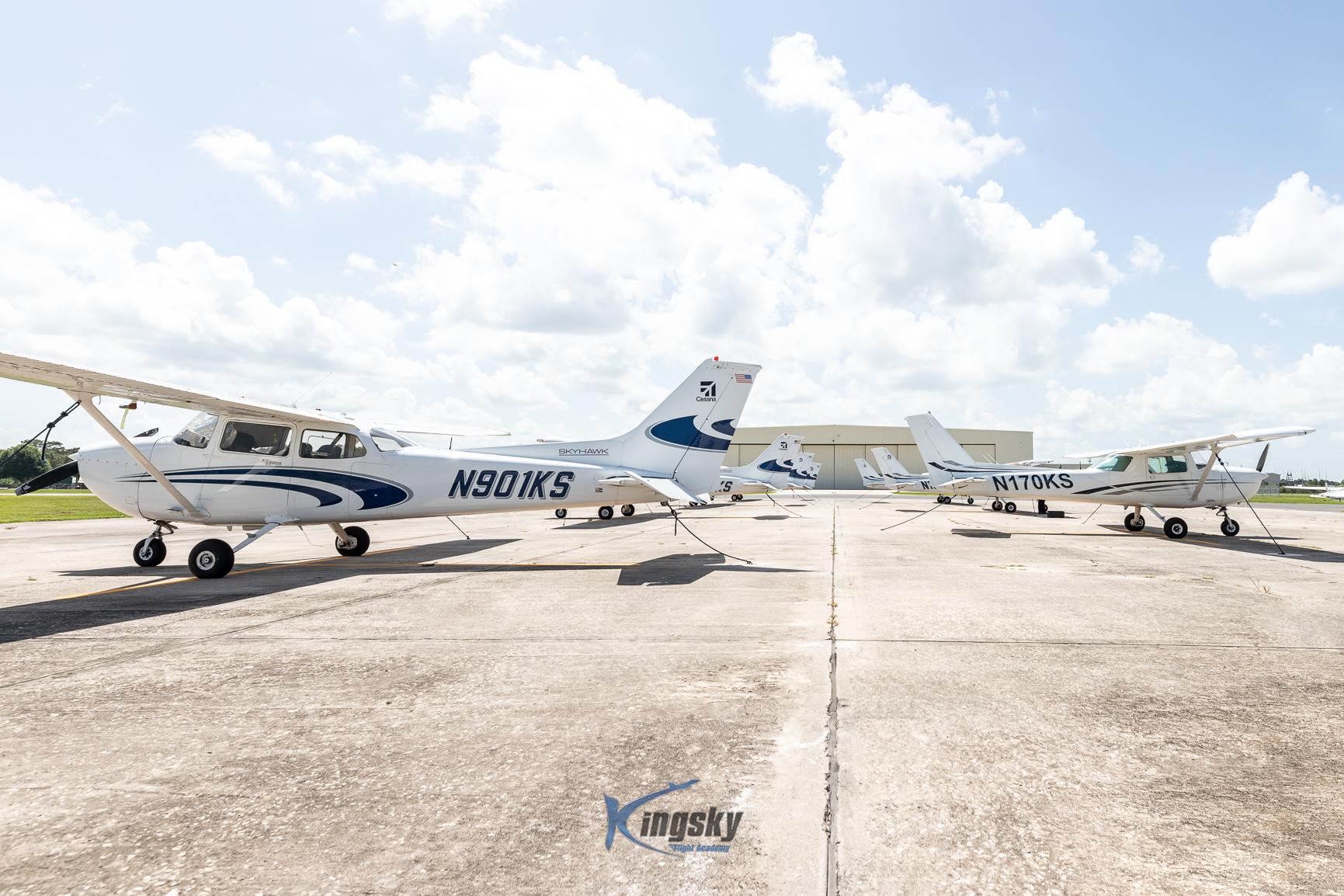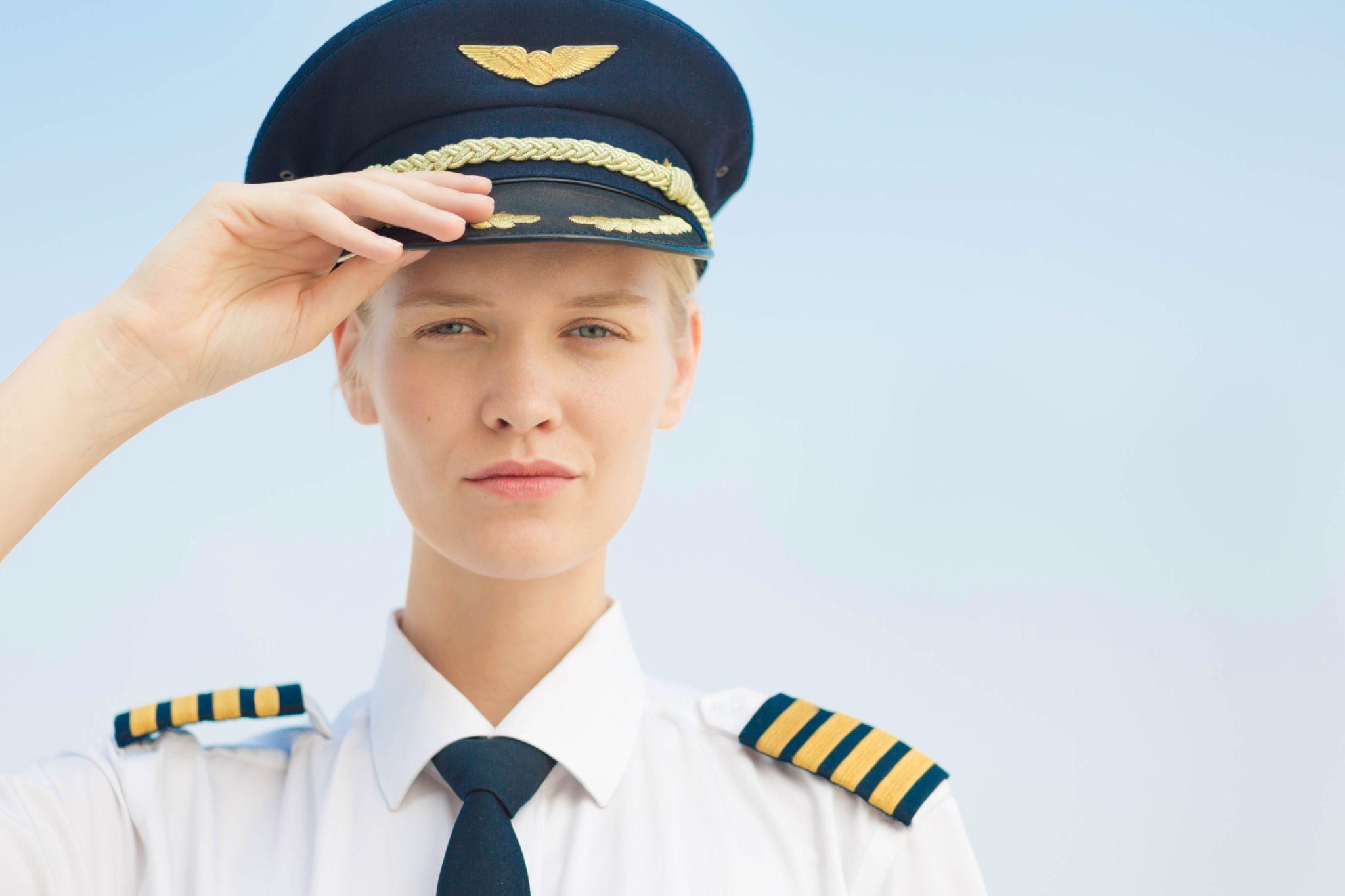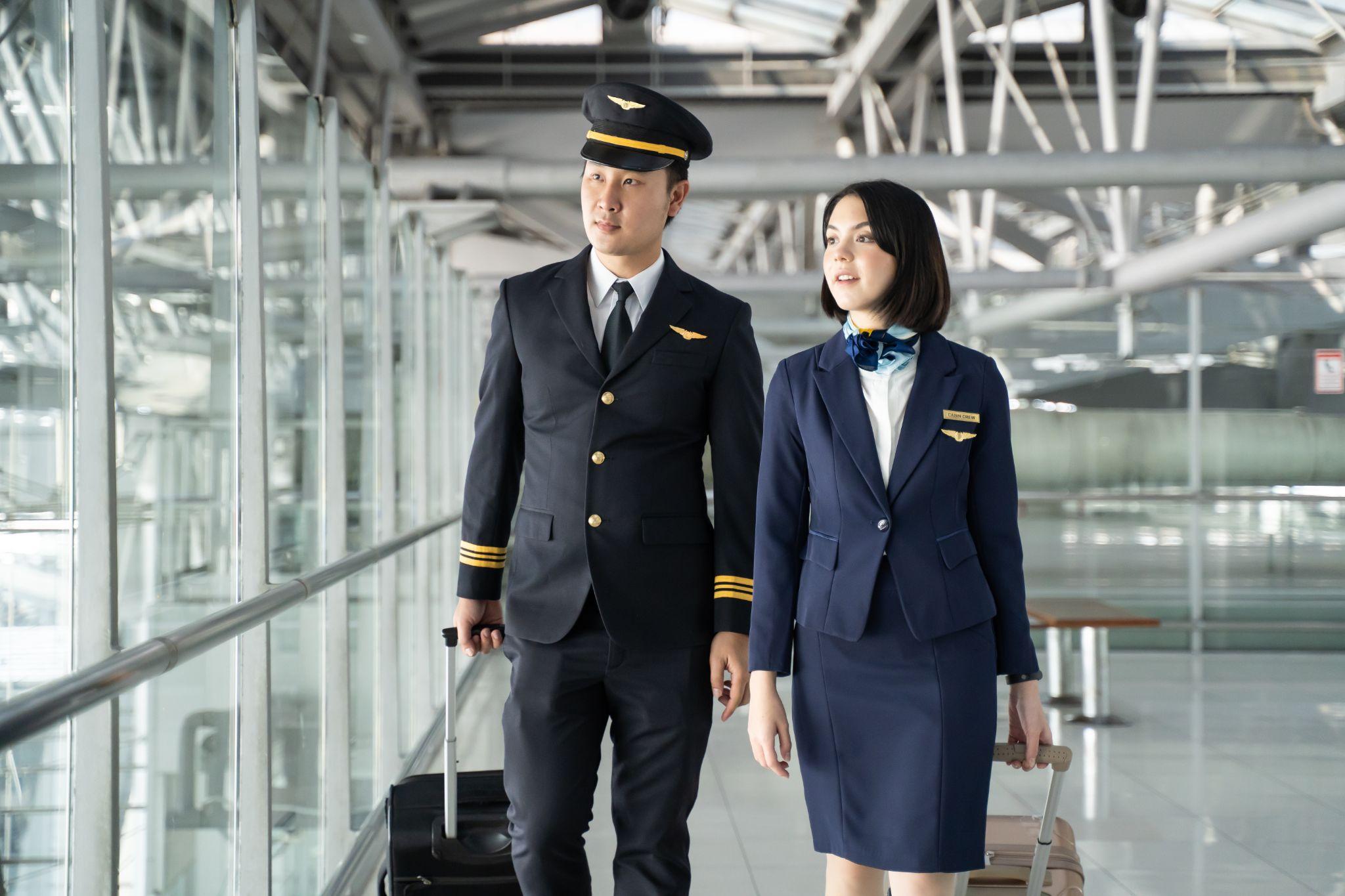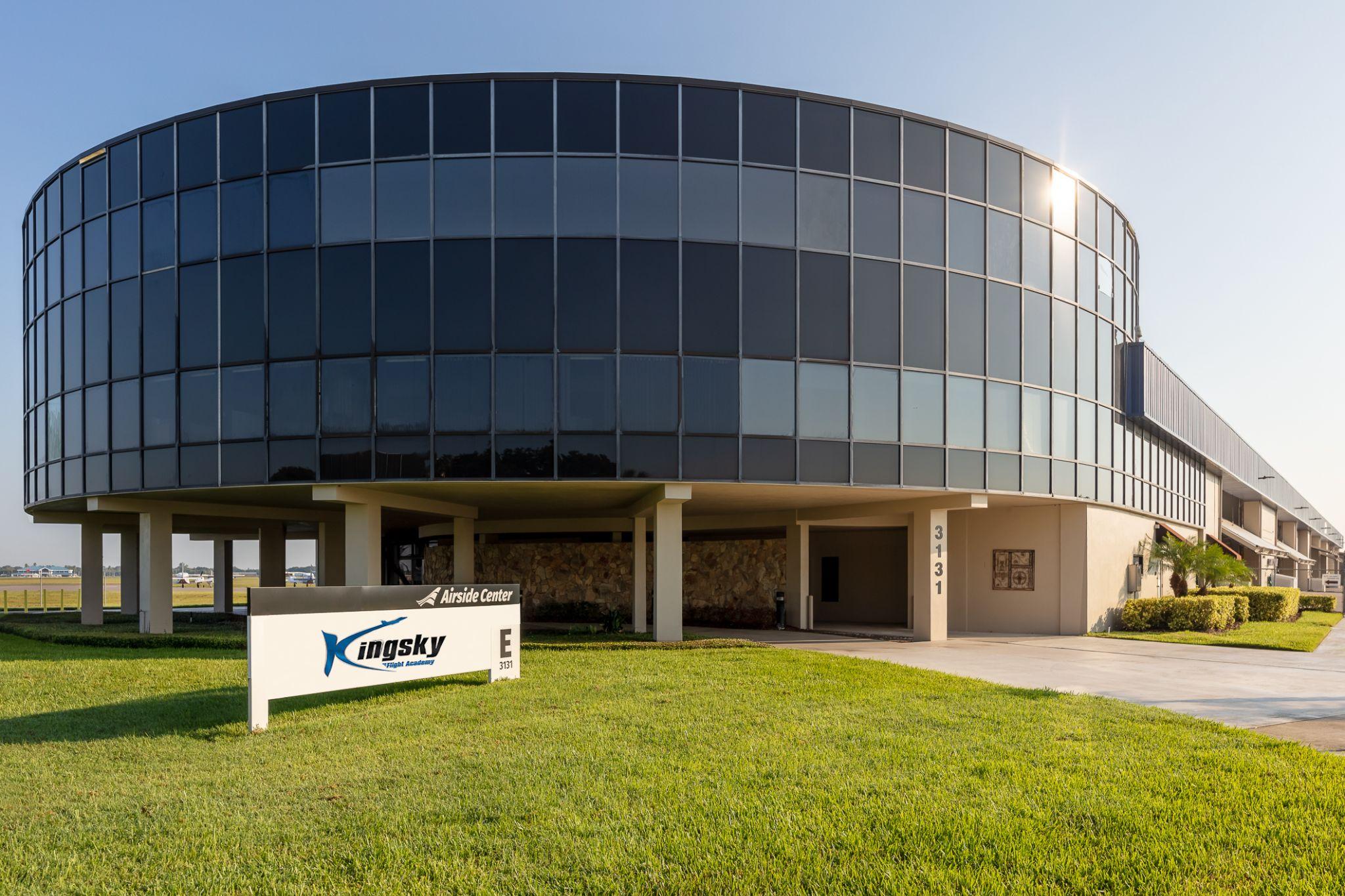Becoming a pilot captain is a prestigious achievement that requires dedication, extensive training, and a wealth of experience. If you’re aspiring to take command of a commercial airliner, here’s a detailed guide on how long becoming a pilot captain takes.
Initial Education and Requirements

Before embarking on the journey to becoming a pilot captain, aspiring pilots must meet certain educational and certification requirements. This foundational phase ensures that candidates possess the necessary knowledge and skills to progress through the various stages of flight training.
Meeting these prerequisites is essential for building a successful and safe career in aviation.
High School Education
Graduating from high school is a fundamental requirement for aspiring pilots. A strong foundation in mathematics and physics is crucial. Proficiency in English is essential, as it is the international language of aviation.
Additionally, courses in computer science and geography can be beneficial, helping in understanding navigation and aircraft systems.
Medical Certificate
Obtaining an FAA First-Class Medical Certificate is mandatory. This certificate ensures you meet the medical standards required for commercial pilots. It includes a comprehensive medical examination to check vision, hearing, cardiovascular health, and overall physical condition.
College Degree
While not strictly necessary, a degree in aviation, aerospace engineering, or a related field can be advantageous. It is often preferred by major airlines. Coursework in meteorology, aerodynamics, and aviation law can provide valuable knowledge. They can also make candidates more competitive in the job market.
Flight Training

A comprehensive training process is designed to ensure that you gain a thorough understanding of both the theoretical and practical aspects of flying. From mastering basic flight maneuvers to handling complex aircraft systems, each stage of training is crucial. It is essential in preparing pilots for the challenges and responsibilities of commanding an aircraft.
Private Pilot License (PPL)
The first step in flight training is obtaining a Private Pilot License (PPL), which typically takes 3-6 months. This phase requires a minimum of 40 flight hours. The training covers basic flight maneuvers, navigation, and emergency procedures, laying the foundation for more advanced pilot training. A PPL allows you to fly an aircraft privately without compensation.
Obtaining a PPL is a crucial milestone, marking the transition from aviation enthusiast to licensed pilot.
Instrument Rating (IR)
After obtaining the PPL, aspiring pilots pursue an Instrument Rating (IR), which generally takes 2-4 months to complete. This phase requires a minimum of 50 hours of cross-country flight time as pilot in command (PIC).
The training focuses on flying solely by reference to instruments, preparing pilots for poor weather conditions and complex airspace. An IR allows you to fly in various weather conditions by relying on your instruments.
Commercial Pilot License (CPL)
The next step is earning a Commercial Pilot License (CPL), which usually takes 6-12 months. This phase requires a minimum of 250 flight hours and involves advanced training in maneuvers, navigation, and emergency operations.
Completing the CPL allows you to be paid for your piloting skills and opens doors to professional aviation careers.
Multi-Engine Rating (Optional)
For those aiming to operate multi-engine aircraft, obtaining a Multi-Engine Rating is essential. This optional training typically takes 1-2 months and is a requirement for most commercial airline positions.
A Multi-Engine Rating allows you to fly aircraft with more than one engine. This is necessary for many commercial flying jobs.
Total Time Frame

The journey to becoming a pilot captain typically takes around 10-15 years from starting flight training. This duration can vary based on factors such as individual progress, opportunities, and specific airline requirements.
The frequency of flight hours, the type of aircraft flown, and the time spent in various roles (such as a first officer) can all influence the timeline. Additionally, career advancements may depend on the airline’s growth, fleet expansion, and retirement rates. These factors can all affect promotion opportunities.
Commitment to continuous learning and professional development also plays a crucial role in accelerating one’s career progression.
Becoming a Pilot Captain

Becoming a pilot captain is a demanding yet rewarding career path. It requires dedication, continuous learning, and a commitment to safety and excellence in aviation.
The journey involves rigorous training, accumulation of significant flight hours, and developing strong leadership skills. This helps to manage both the aircraft and crew effectively.
Achieving this position is a testament to one’s expertise and resilience in the aviation field. Pilot captains are held in high regard, reflecting their high level of responsibility and professional accomplishment.
Benefits of Becoming a Pilot Captain
Becoming a pilot captain is a prestigious achievement with numerous benefits. As an airline captain, you enjoy job security and opportunities for career progression in the ever-growing aviation industry. Captains are among the highest-paid professionals, with competitive salaries and comprehensive benefits packages, including health insurance, retirement plans, and travel allowances.
The role of a captain allows you to manage the flight crew and ensure passenger safety. This enhances your leadership and decision-making skills. Additionally, you have the opportunity to travel the world, experience diverse cultures, and enjoy layover perks in various destinations.
Pilot captains are highly respected within the aviation industry and by the general public. This status signifies a high level of skill, experience, and dedication, earning you recognition and respect. Continuous learning and professional development are integral to the role, keeping you at the forefront of aviation advancements.
Flight School With Kingsky Flight Academy

Interested in starting your journey to becoming a pilot captain? Kingsky Flight Academy offers a range of comprehensive flight training programs designed to equip you with the skills and knowledge necessary for a successful aviation career.
Our experienced instructors provide personalized training, ensuring you receive the attention and support needed to excel. With state-of-the-art facilities and a fleet of modern aircraft, Kingsky Flight Academy is committed to delivering the highest-quality training.
Contact us today to learn more about our pilot programs and take the first step towards your aviation career. Join Kingsky Flight Academy and embark on an exciting path to becoming a pilot captain.
